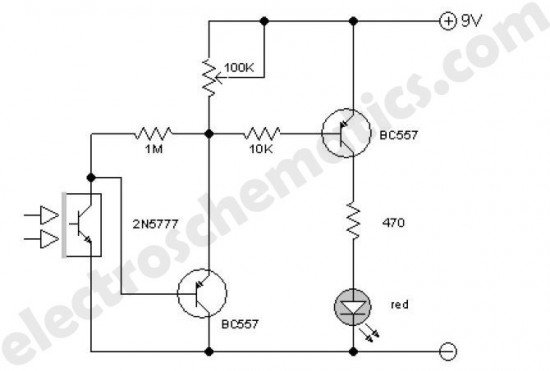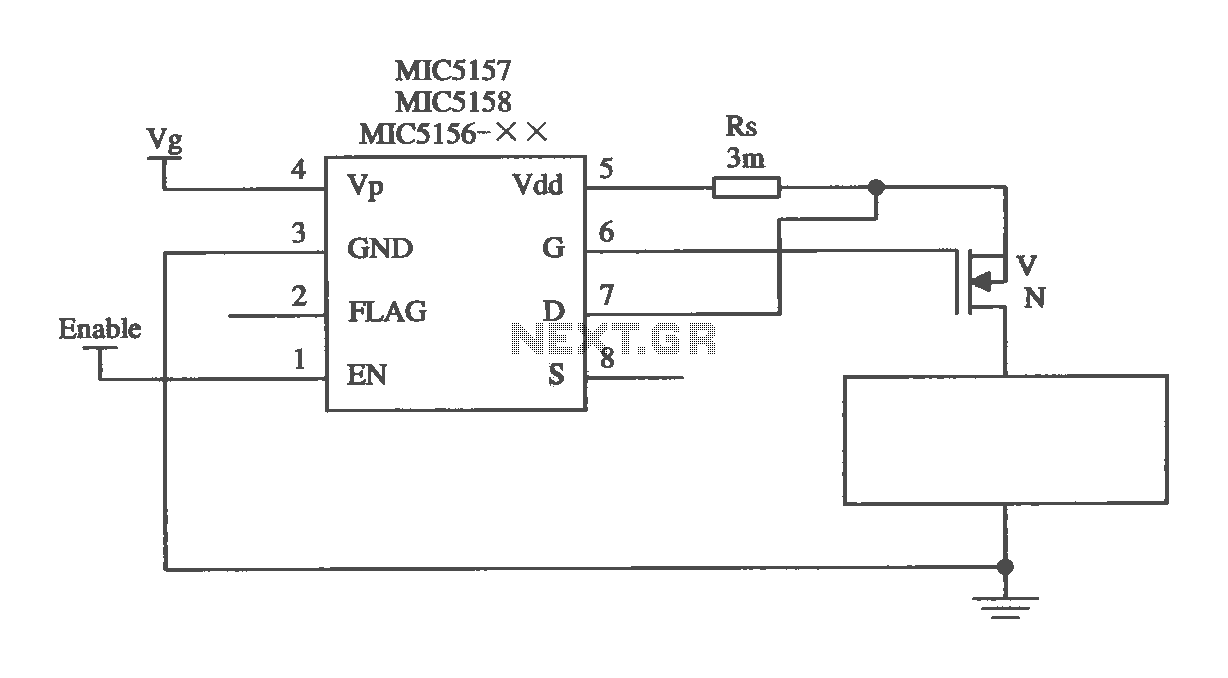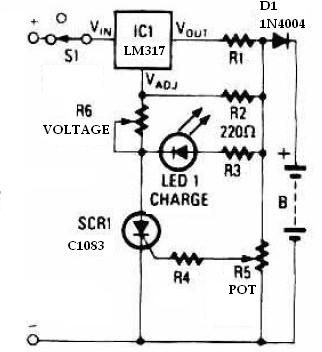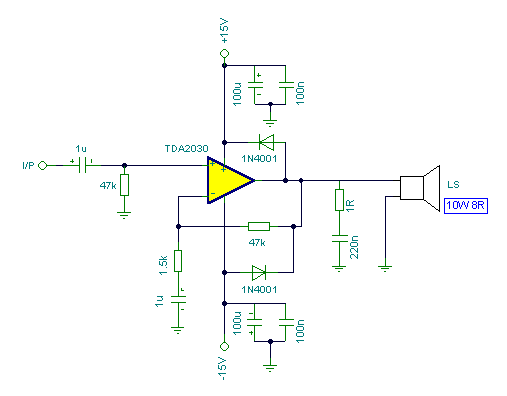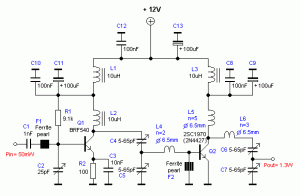
Electronic Canary circuit
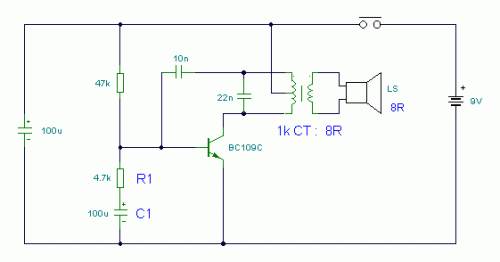
This modified Hartley oscillator can be utilized to attract new friends or serve as a replacement doorbell.
The modified Hartley oscillator is a type of electronic oscillator that generates a continuous waveform, typically a sine wave, using an LC (inductor-capacitor) circuit. The fundamental operation of the Hartley oscillator relies on the feedback mechanism provided by the inductors and capacitors to sustain oscillations.
In this configuration, the circuit includes two inductors (L1 and L2) and a capacitor (C). The inductors are connected in series, and the feedback is taken from the junction between them. The oscillation frequency can be determined using the formula:
\[ f = \frac{1}{2\pi \sqrt{(L1 + L2)C}} \]
Where \( f \) is the frequency of oscillation, \( L1 \) and \( L2 \) are the values of the inductors, and \( C \) is the capacitance.
To implement this oscillator as a doorbell, the output can be connected to a small speaker or piezoelectric buzzer to produce sound. The circuit may also include a transistor to amplify the output signal, ensuring that the sound produced is loud enough to be heard clearly.
Additional components may include a power supply, typically a battery or DC power source, and a switch to activate the oscillator when someone presses the doorbell button. The oscillator's frequency can be adjusted by varying the values of the inductors and capacitor, allowing customization of the sound produced to suit personal preferences.
This versatile circuit not only serves as a doorbell but can also be used in various applications where sound generation is required, making it an excellent choice for hobbyists and electronics enthusiasts.Feeling chirpy? Attract new friends with this modified hartley oscillator. You could also use it as a replacement doorbell.. 🔗 External reference
The modified Hartley oscillator is a type of electronic oscillator that generates a continuous waveform, typically a sine wave, using an LC (inductor-capacitor) circuit. The fundamental operation of the Hartley oscillator relies on the feedback mechanism provided by the inductors and capacitors to sustain oscillations.
In this configuration, the circuit includes two inductors (L1 and L2) and a capacitor (C). The inductors are connected in series, and the feedback is taken from the junction between them. The oscillation frequency can be determined using the formula:
\[ f = \frac{1}{2\pi \sqrt{(L1 + L2)C}} \]
Where \( f \) is the frequency of oscillation, \( L1 \) and \( L2 \) are the values of the inductors, and \( C \) is the capacitance.
To implement this oscillator as a doorbell, the output can be connected to a small speaker or piezoelectric buzzer to produce sound. The circuit may also include a transistor to amplify the output signal, ensuring that the sound produced is loud enough to be heard clearly.
Additional components may include a power supply, typically a battery or DC power source, and a switch to activate the oscillator when someone presses the doorbell button. The oscillator's frequency can be adjusted by varying the values of the inductors and capacitor, allowing customization of the sound produced to suit personal preferences.
This versatile circuit not only serves as a doorbell but can also be used in various applications where sound generation is required, making it an excellent choice for hobbyists and electronics enthusiasts.Feeling chirpy? Attract new friends with this modified hartley oscillator. You could also use it as a replacement doorbell.. 🔗 External reference
